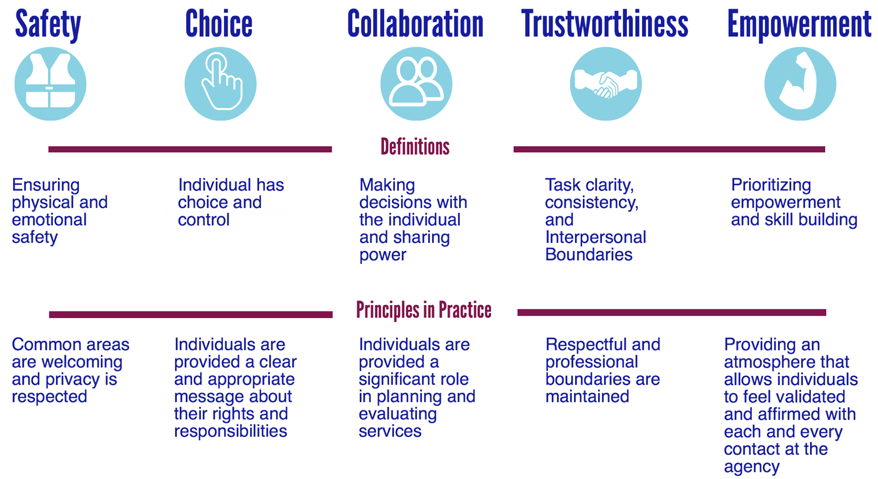Trauma-Informed Approach
6 Guiding Principles To A Trauma-Informed Approach
A trauma-informed approach begins with understanding the physical, social, and emotional impact of trauma on the individual, as well as on the professionals who help them. This requires client or student-centered practices and incorporates three elements:
- Realizing the prevalence of trauma.
- Recognizing how trauma affects all individuals involved with the program, organization, or system, including its own workforce.
- Responding by putting this knowledge into practice.
Safety
This includes creating spaces where people feel culturally, emotionally, and physically safe as well as an awareness of an individual’s discomfort or unease.
Trustworthiness & Transparency
This includes providing full and accurate information about what’s happening and what’s likely to happen next.
Collaboration & Mutuality
This includes the recognition that healing and success happens in relationships and partnerships with shared decision-making.
Peer Support
Peer support is a flexible approach to building healing relationships among equals. This includes using peers to serve as role models and sources of hope while strategies for overcoming challenges.
Empowerment & Choice
This includes the recognition of an individual’s strengths and inherent value. It requires a commitment to validationg and building upon those strengths with an an approach that honors the individual’s dignity.
Cultural, Historical and Gender Issues
This includes interaction with people with consideration of specific needs based on culture, exposure to historical trauma and gender.
Adopting a trauma-informed approach is not accomplished through any single particular technique or checklist. It requires constant attention, caring awareness, sensitivity, and possibly a cultural change at an organizational level. On-going internal organizational assessment and quality improvement, as well as engagement with community stakeholders, will help to embed this approach as you move toward organizational growth and practice improvement.

